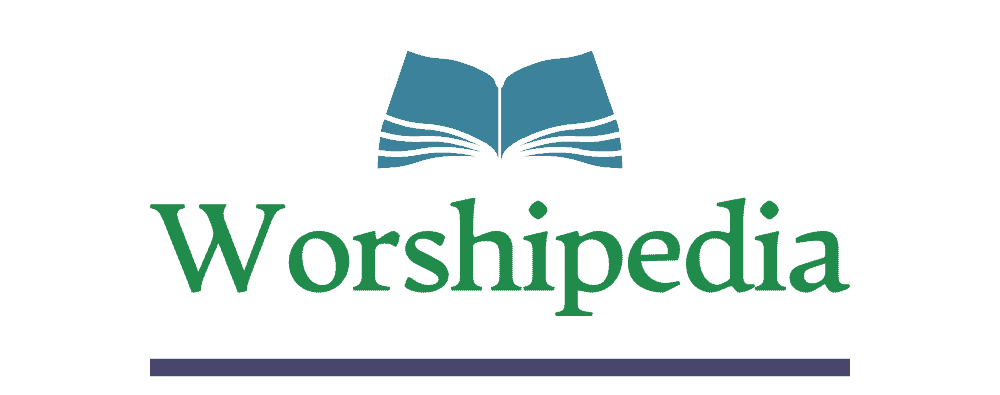Congregational Singing in England, Canada, and The United States Since 1950
Since 1950, there has been more music published for congregational singing than at any other time in the history of the church. Nearly every major denominational body, as well as many independent congregations and publishing companies, have produced official and supplementary hymnals and related collections of songs. In almost every case, these collections evidence a recovery of traditions once lost and relentless pursuit of contemporary music that is both faithful to the gospel and representative of the languages—both verbal and musical—of modern culture.
